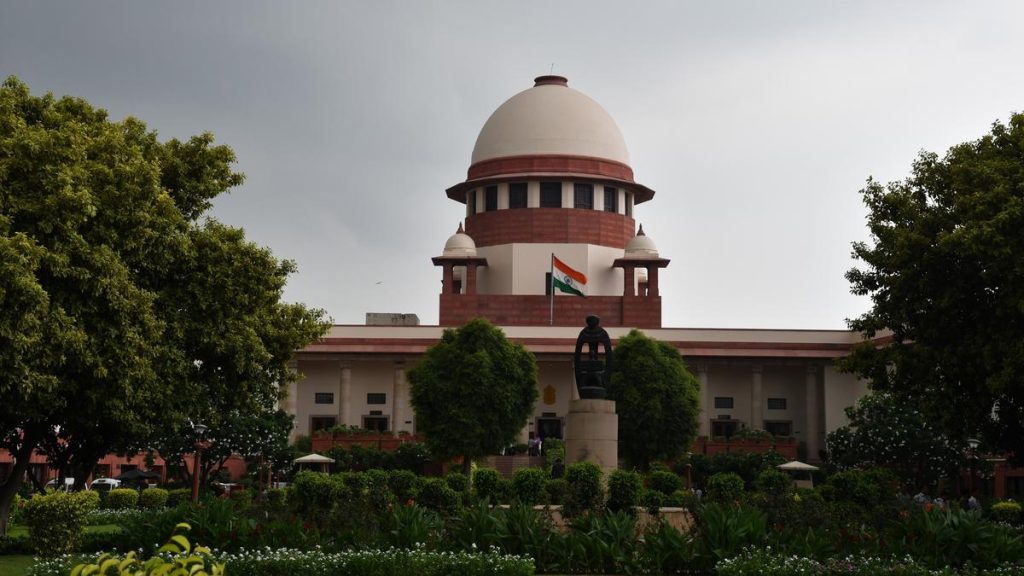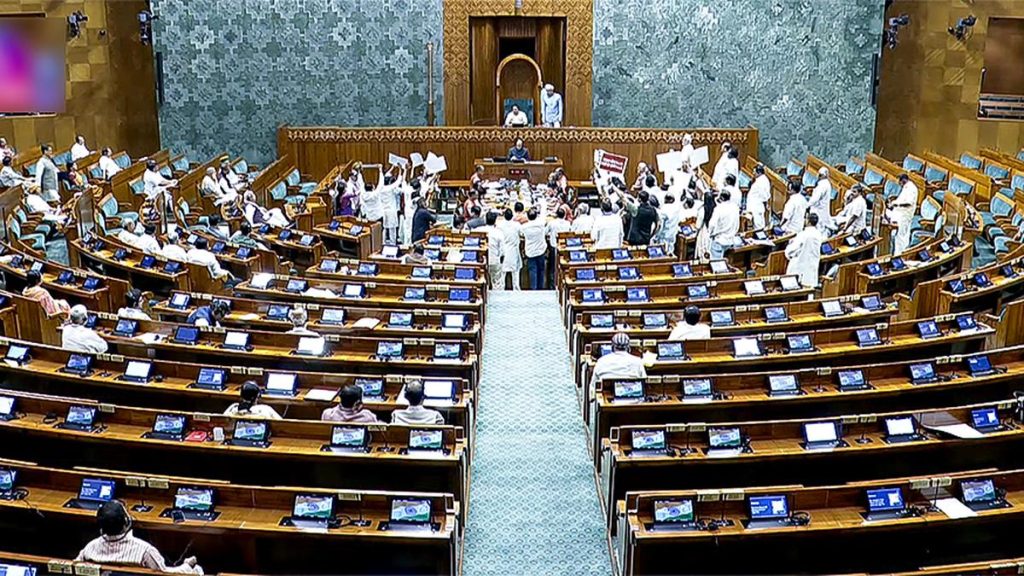Now Reading: Urban Liquid Waste Management Faces Infrastructure Gaps in STPs
-
01
Urban Liquid Waste Management Faces Infrastructure Gaps in STPs
Urban Liquid Waste Management Faces Infrastructure Gaps in STPs

Speedy Summary
- As of June 2025, Kerala has a sewage treatment gap of 79.16 million litres per day in urban areas.
- 305.4 million litres per day of sewage is generated in urban areas, out of which:
– 129.6 million litres per day are treated via common sewage treatment plants (STPs).- An additional 96.3 million litres per day are treated through individual STPs in various establishments.
- Kerala State Pollution Control Board reported to the Ministry of Jal Shakti that:
– The state has only 14 operational common STPs, but over 2,000 individual STPs.- Sewage discharge primarily occurs via septic tanks/soak pits and a combination of common and individual STPs.
- A majority (70%) of domestic wastewater is sullage (non-contaminated by faecal coliform), disposed through soak pits or reused for farming on household premises; the remaining 30% constitutes sewage.
- The board issued over 1,100 notices under the provisions of the Water Act to apartments,hotels,houseboats,and industrial units for violating liquid waste management norms due to absent consent or inadequate facilities.
Indian Opinion Analysis
The findings from Kerala’s wastewater management reveal a critically important urban infrastructure challenge that merits attention due to its broader implications for public health and environmental sustainability.With urban areas generating far more sewage than can be managed effectively-especially considering the state’s reliance on household-level systems-the disparity between capacity and demand hampers long-term efforts at ecological preservation.Kerala’s landscape featuring dispersed rural-urban settlements makes centralized solutions challenging but highlights opportunities for decentralized systems like soak pits or smaller-scale localized treatments with stricter compliance protocols. However, non-compliance among commercial entities such as apartments and industrial units exacerbates risks associated with untreated liquid waste entering ecosystems.
Addressing this gap necessitates more investments in strengthening both larger centralized STP facilities where feasible and enforcing tighter regulations across smaller decentralized setups like septic tanks/small-scale treatment plants. Obvious monitoring mechanisms could help alleviate these challenges while benefiting both public health outcomes and environmental conservation goals.























